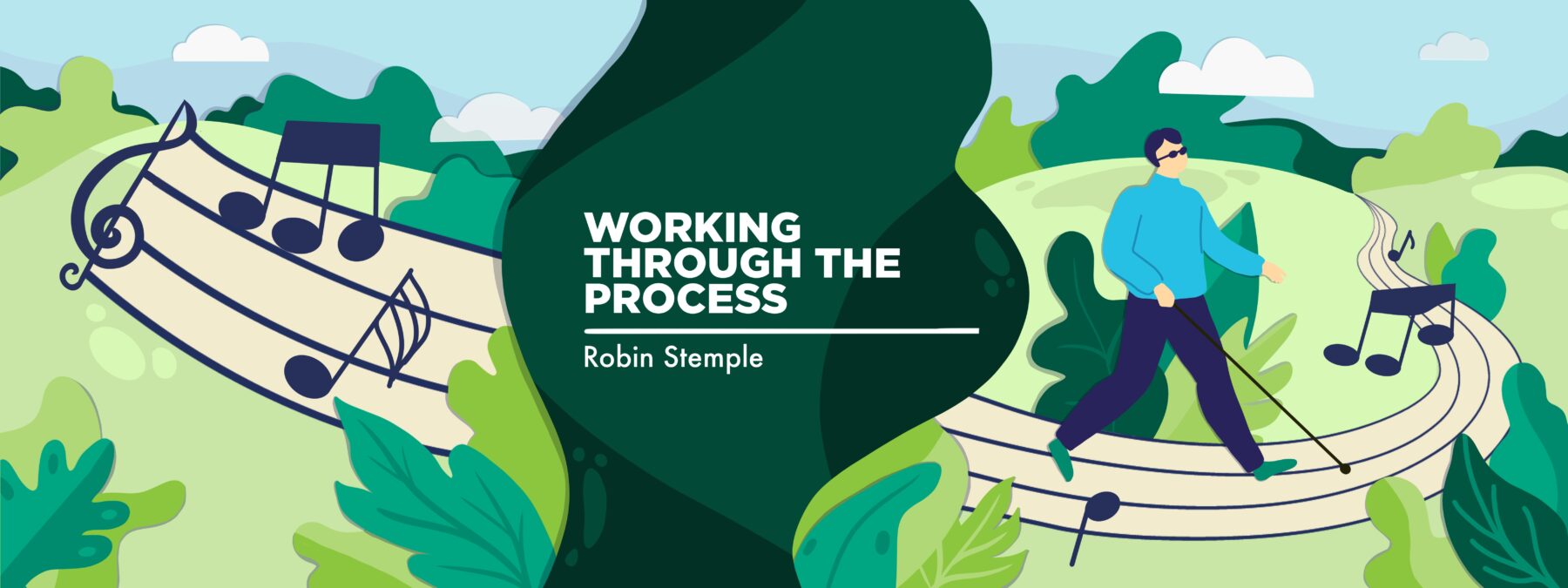FSHD progression makes me glad to be out of Pennsylvania’s snowbelt
As my balance issues increase, so do the dangers of snow and ice

Pennsylvania’s Somerset County, where I lived before moving to Pittsburgh a year ago, is situated in the Laurel Highlands, an area that is part of the Appalachian Mountain Range. At an elevation of more than 2,000 feet above sea level, the county often gets snow when other parts of Pennsylvania get rain.
Somerset County is also strategically located to get lake-effect snow, which comes off Lake Erie to the north. Winter storms known as nor’easters often stall and dump lots of snow there. Somerset’s economy benefits from this, as there are a few ski resorts located in the area.
Our home in Shanksville was built on a rise above the Stonycreek River. I loved sledding in our backyard with the kids when they were growing up in the 1980s and ’90s, when I was still able to do that kind of activity. It was a lot of fun!
We also have some photos of my kids and grandkids enjoying our backyard ski slope. I’m glad they’ll have those memories to look back on. But given the current reality of my facioscapulohumeral muscular dystrophy (FSHD), I’m feeling blessed to be in Pittsburgh and out of the Pennsylvania snowbelt.
Increasing dangers
Prior to our move, I had just started routinely using a wheelchair to go to church, play music at nursing homes, and attend doctor appointments. For the most part, I had already turned over banking and shopping trips to my wife, Wendy. This was especially true when there was snow or ice on the ground. With my increasing balance issues, the likelihood that I would fall became more of a concern.
This was brought home to me on a return trip from a physical therapy session. When the van picked me up to go to therapy, there was just a little mist in the air but nothing on the ground. Unfortunately, by the time I returned home, the mist had turned into ice. I’m blind, so I asked the driver what he thought. He said our driveway looked clear. It turned out that there was a layer of black ice that wasn’t visible. I knew I was on ice as soon as I got out of the van.
I was able to stay on my feet and turned to close the van door. That’s when I ran into trouble. I don’t have a lot of shoulder strength because of FSHD, so I’ve learned to adapt. I brace my arm against my ribs and push with my whole body to do things like closing doors. In this case, the door didn’t close. Instead, I went down.
At that point in my disease progression, I could get up from the ground in the right conditions. These weren’t the right conditions! The driver got out and tried to assist me. That didn’t work, either. I crawled over to the door of the garage so I could grasp the doorknob and pull while the van driver assisted on the other side. But I still couldn’t get up.
I’ve been blessed with lots of help from good Samaritans over the years, and this was one of those occasions. A gentleman driving by noticed me struggling to get on my feet. He might have also noticed the desperation my driver was feeling right about then, so he stopped to see if he could help. With the assistance of these two kind people, I was able to get back on my feet. However, after that incident, I grew very cautious about going out if there was any possibility I’d be trying to walk on snow or ice.
Pittsburgh does get some snow, but it’s not nearly as much as in Somerset County. Last weekend, friends from the Shanksville area were posting photos of snow-covered yards, sidewalks, and roads. I’m sure the ski resorts were overjoyed, but I wouldn’t have been if I were still living there.
In Pittsburgh, we had a few flurries, but nothing stuck to the ground. I have to travel in a wheelchair these days, but now that I’m in the lowlands, I can roam much more freely!
However, when snow comes to Pittsburgh — and I’m sure it will — I’ll be playing it safe and staying home.
Note: Muscular Dystrophy News Today is strictly a news and information website about the disease. It does not provide medical advice, diagnosis, or treatment. This content is not intended to be a substitute for professional medical advice, diagnosis, or treatment. Always seek the advice of your physician or another qualified health provider with any questions you may have regarding a medical condition. Never disregard professional medical advice or delay in seeking it because of something you have read on this website. The opinions expressed in this column are not those of Muscular Dystrophy News or its parent company, Bionews, and are intended to spark discussion about issues pertaining to muscular dystrophy.






Leave a comment
Fill in the required fields to post. Your email address will not be published.